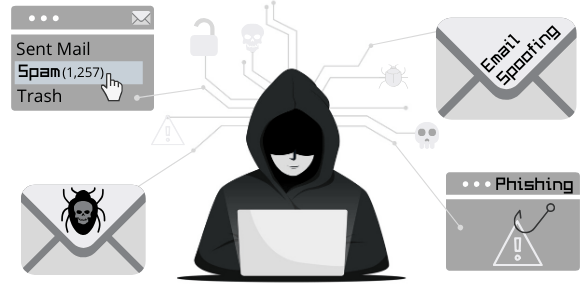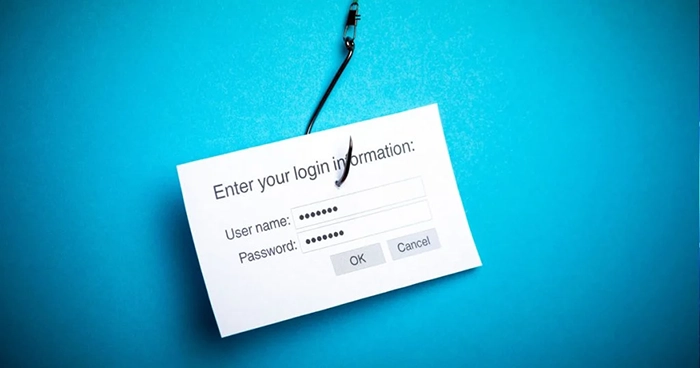What Is Phishing & When You’re Phished
What Is Phishing? What is phishing is a great question. It’s when someone sends you an email that looks like a legitimate email. These emails can...

So you’re here because you are concerned about email spoofing. Have you ever received an email from one of your company’s executives asking you to download an attachment or click a link? Most will realize this is spam due to your email client noting it as such. However, hackers are getting more sophisticated and “life-like”, that some employees may fall victim to email spoofing.
When you receive a spoofed email, it will look legitimate, but you need to pay close attention to the sender’s email address. This aspect is typically overlooked when evaluating a potentially harmful email, which is why email spoofing has become such a successful method of infiltration.
Email spoofing is when a hacker creates an email with a forged email address so that is appears to have originated from someone or somewhere other than the actual source. The goal of email spoofing is to get recipients to open and possibly respond to a solicitation. In less-advanced attempts, the sender’s name will appear how it should, but the email address will be completely different, often coming from a different domain. In the most advanced attempts, the email address will look nearly the same. For example, if the sender’s legitimate email address is tom@aventissystems.com, some possible spoofed versions could be t.om@aventissystems.com, t0m@aventissystems.com, or tom@aventis-systems.com.
There are numerous ways to help you maintain the integrity of your email account. Here are the most effective ways to protect yourself from becoming the next victim:
If you have any questions on how to protect yourself from email spoofing, please email us at HelpDesk@AventisSystems.com or you can contact us here.

What Is Phishing? What is phishing is a great question. It’s when someone sends you an email that looks like a legitimate email. These emails can...

Cybercriminals are getting smarter. One of the most dangerous threats to businesses today is Business Email Compromise (BEC)—a sophisticated scam...

There once was a time before OneDrive when emailing files back and forth seemed like a fantastic time-saver. After all, we were comparing it to...